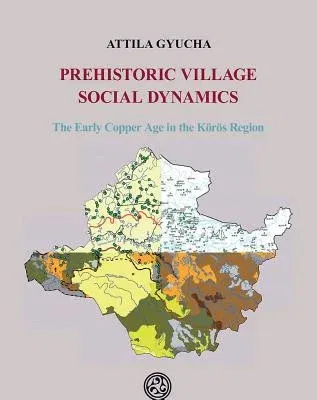Attila Gyucha
(Author)Prehistoric Village Social Dynamics: The Early Copper Age in the Körös RegionHardcover, 31 August 2015

Qty
1
Turbo
Ships in 2 - 3 days
In Stock
Free Delivery
Cash on Delivery
15 Days
Free Returns
Secure Checkout

Part of Series
Archaeolingua Main
Print Length
352 pages
Language
English
Publisher
Archaeolingua
Date Published
31 Aug 2015
ISBN-10
9639911682
ISBN-13
9789639911680
Description
Product Details
Author:
Book Format:
Hardcover
Country of Origin:
HU
Date Published:
31 August 2015
ISBN-10:
9639911682
ISBN-13:
9789639911680
Language:
English
Pages:
352
Publisher:
Series: